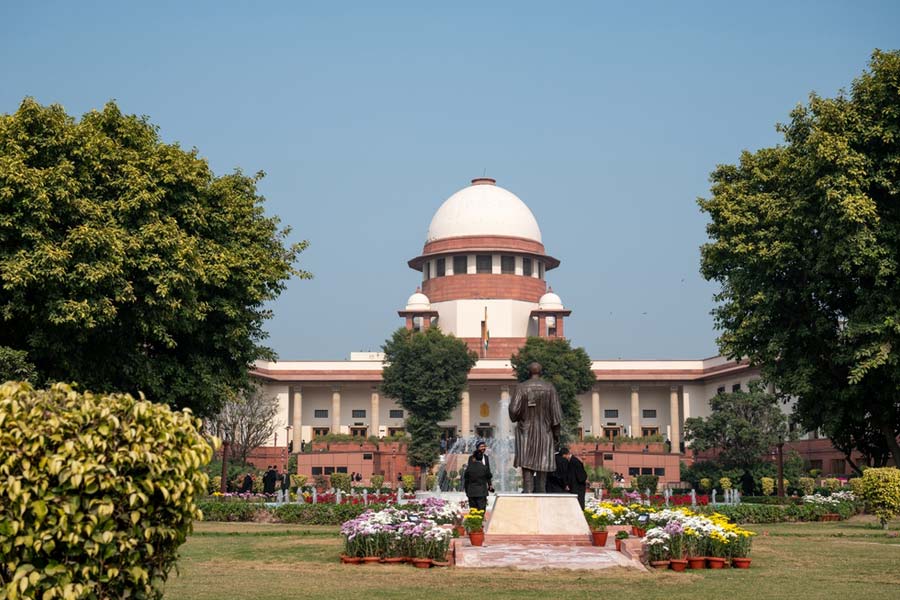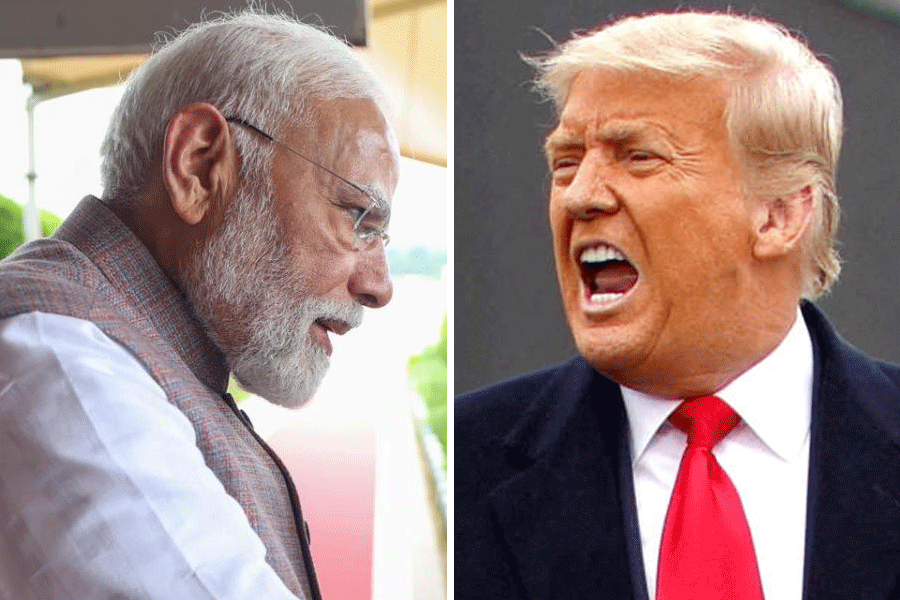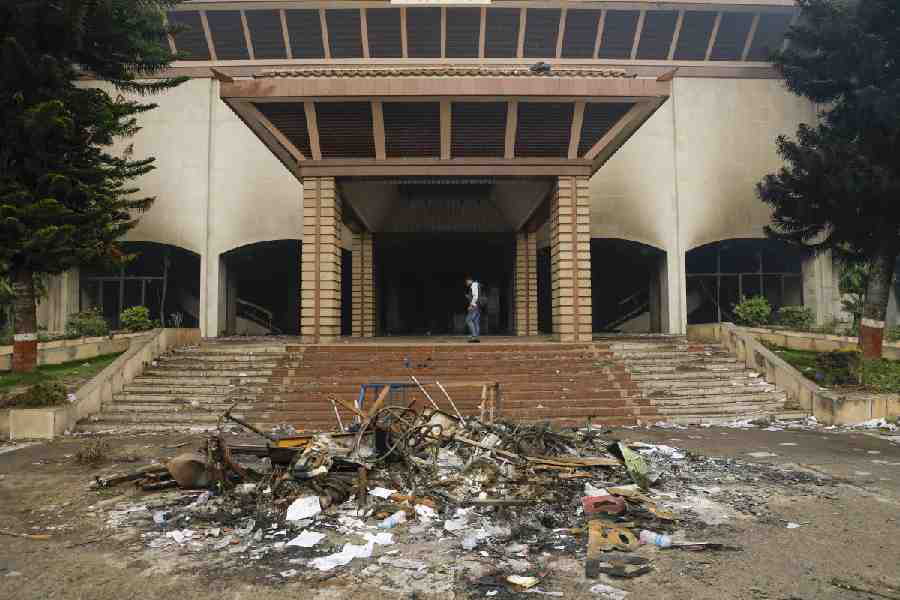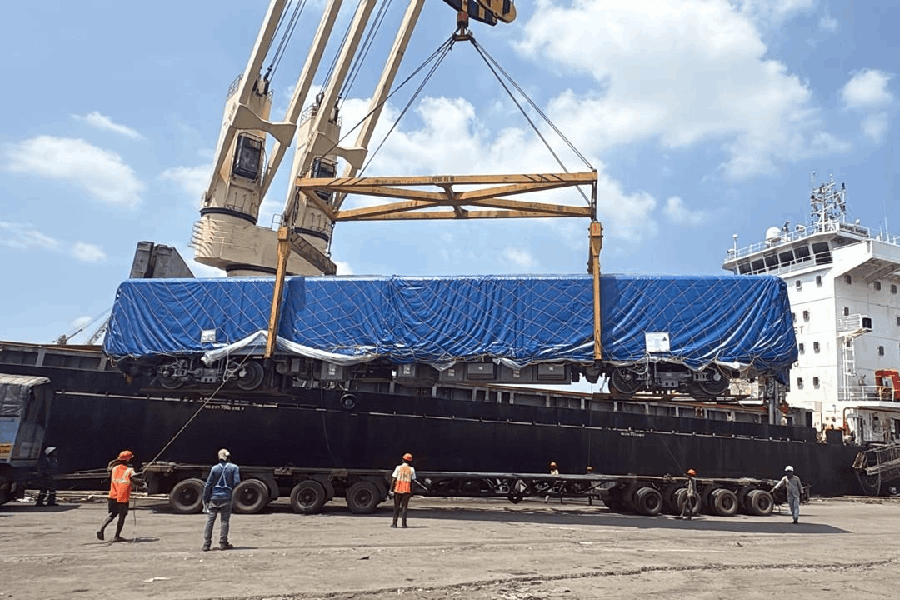
Cuttack, May 24: The state tourism department has drawn up an integrated plan to give a facelift to the Barabati Fort area, which was the citadel of political power in Odisha for more than six centuries starting from the 13th century.
The beautification plan envisages development of the vacant lands on all sides of the fort area along with the moat and those adjacent to the protected area with recreation facilities. The tourism department plans to turn the remains of the fort, which are more than mere monument, into a major attraction for tourists.
"We plan to implement an integrated development plan for beautification of Barabati Fort area to turn it into an exclusive tourism spot," tourism officer Reena Rath told The Telegraph today.
"The Odisha Tourism Development Corporation has already drawn up a special project plan and Rs 5 crore has been allotted for the purpose. We expect to start after getting the required permission from the Archaeological Survey of India (ASI)," Rath said. The tourism department has already sought permission of the ASI in New Delhi by way of a communication last week.
Barabati Fort was the seat of sovereign powers who ruled Odisha for more than five centuries. It was headquarters of Ganga dynasty's Kalinga Empire (1112-1435), the Suryavamsi Gajapatis (1436-1540), the Bhois (1542 -1560) and Mukundadev, the last great Hindu ruler of Odisha (1560-68).
The 2.5-km stretch of moat surrounding the fort that was built during the Ganga period used to be completely filled with water and was intended to defend against any attack from enemies.
The Barabati Fort was declared protected in 1915. The ASI, the custodian of the Barabati Fort area, had excavated a mound in 1989 had since developed a well laid-out garden there with avenue plantation in adjacent parts. But the moat has remained long neglected with growth of weeds. "As part of the beautification project, the Barabati Fort gate will be given a facelift with state-of-the-art illumination along with construction of a platform for cultural activities and a food court," Rath said.
The tourism department plans to develop the moat and create pathways around it along with landscaping of vacant areas.
Tulsipur resident Partha Behera said: "There has been lot of activity for development of Barabati Fort in recent years. But there has been no tangible result. The abundant weeds continue to be the perennial feature of the moat waters. We can only hope that the new project becomes a reality and gives a facelift to the monument."
In August 2010, chief minister Naveen Patnaik had laid the foundation stone of a project for development of the Barabati Fort area into a major tourist attraction after the Union government sanctioned funds for it under the Urban Infrastructure Development Scheme for Small and Medium Towns. The CMC had passed on Rs 1.5 crore of the central government funds to the ASI for restoration of the massive moat wall. The ASI started work on the moat on the western side in May 2015. The restoration work there is still on.











